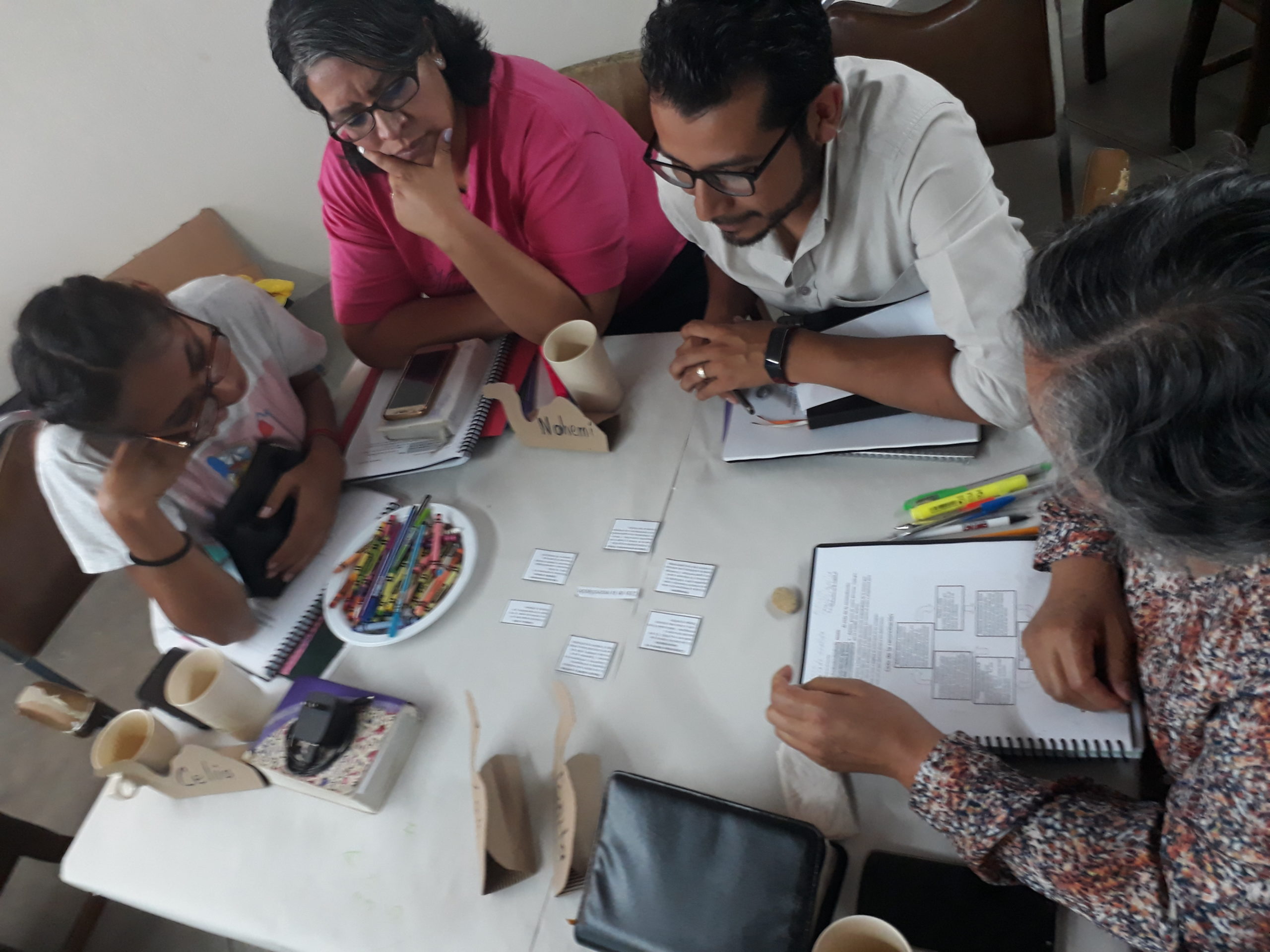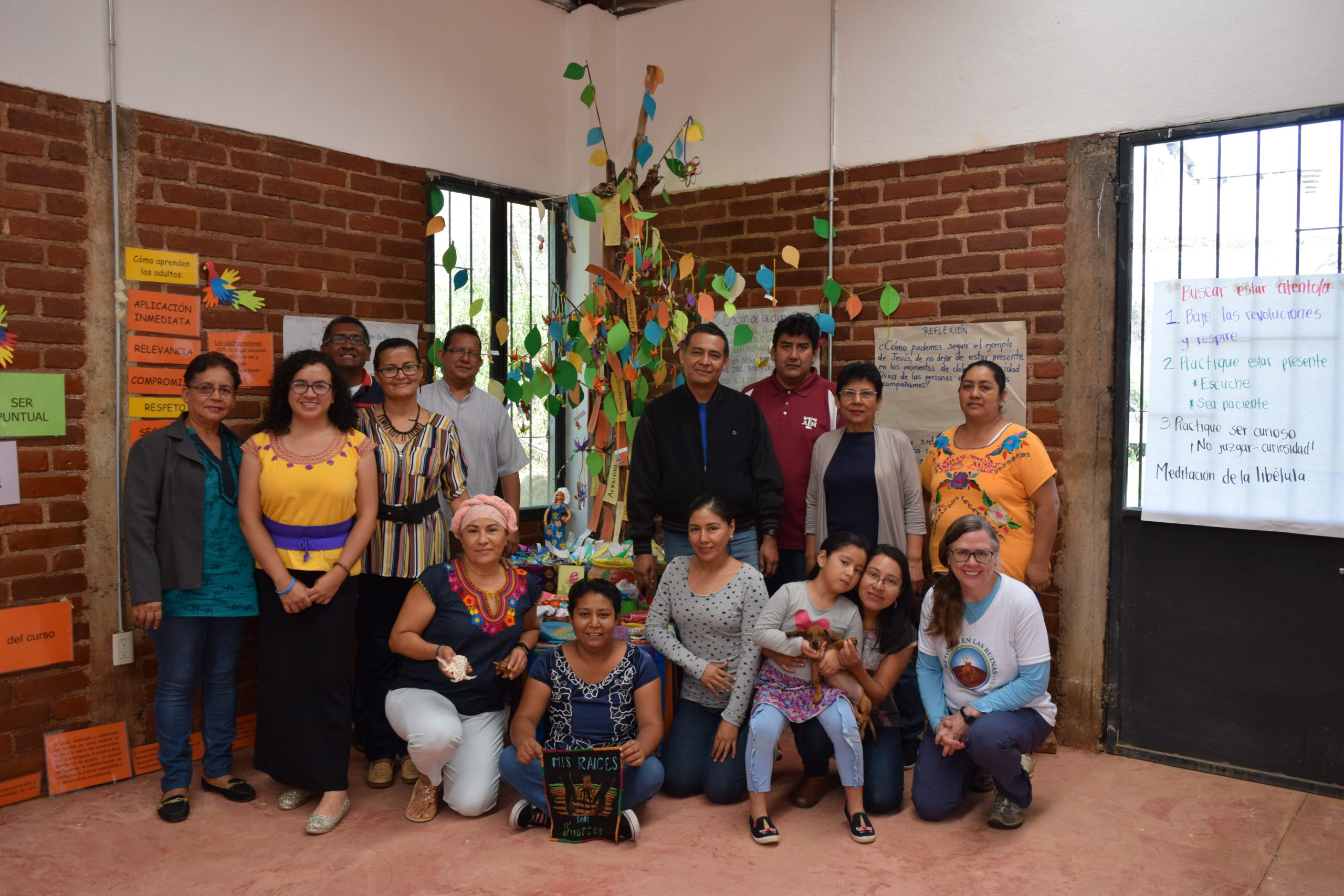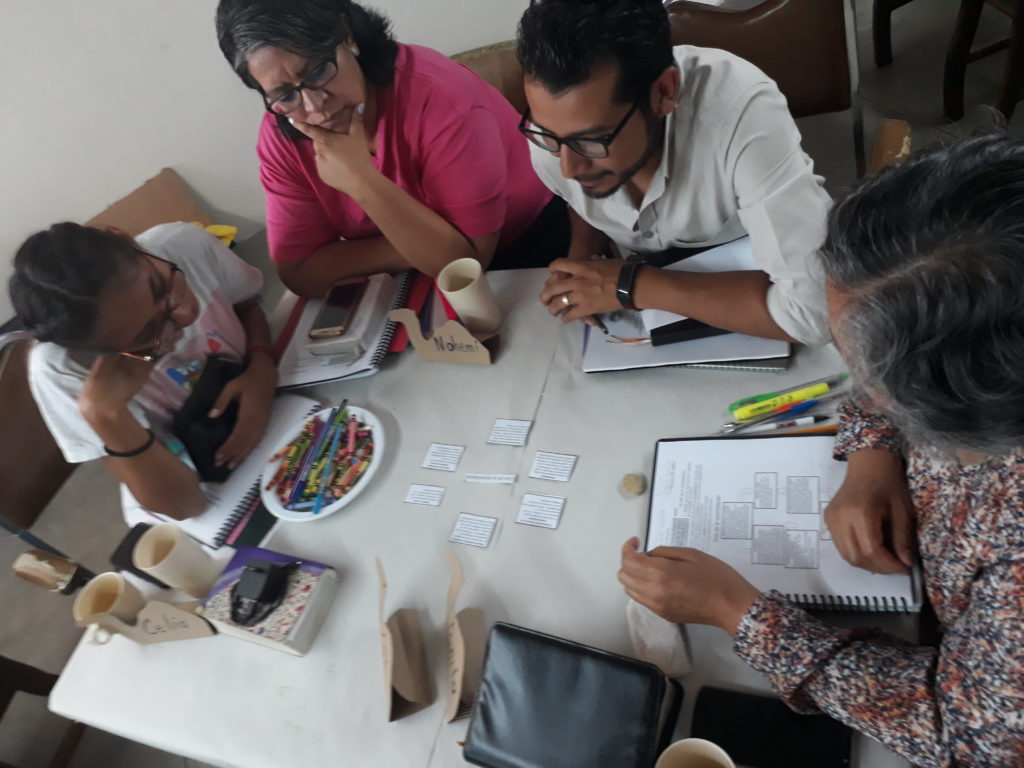I see you!
In one of my trauma awareness classes, we watched a now-classic test on perception. It is a video where watchers are asked to count basketballs thrown amongst players dressed in white and black t-shirts. Most people concentrate on counting the moving balls and fail to notice a big, chest-thumping, gorilla walking across the court.
 “These confounding findings from cognitive psychologists Daniel Simons and Christopher Chabris revealed how people could focus so hard on something that they become blind to the unexpected, even when staring right at it. When one develops ‘inattentional blindness,’ as this effect is called, it becomes easy to miss details when one is not looking out for them.” (Choi)
“These confounding findings from cognitive psychologists Daniel Simons and Christopher Chabris revealed how people could focus so hard on something that they become blind to the unexpected, even when staring right at it. When one develops ‘inattentional blindness,’ as this effect is called, it becomes easy to miss details when one is not looking out for them.” (Choi)
I see a child on the curb near where a woman sits in a doorway with the crafts she is selling spilling out onto the sidewalk. The little girl is maybe three years old, barefoot, and her round belly pokes out from a threadbare turtle neck on this cold highland day. Her tiny figure, complete with a runny nose and knotted hair, blocks my way. In an instant, I have to decide whether to step down into the street or squeeze between her and the impromptu sales space. As I concentrate on navigating this challenge, similar to many others on my walks through San Cristóbal de las Casas, it is the child that reminds me of my promise.
I cannot buy crafts from every woman selling on the street. I wonder about perpetuating cycles of poverty before I give coins to the elderly and sick begging in the plazas. It is not within my power to purchase a meal for every child that tells me that he or she is hungry while plying me with bracelets or jaguar figurines. However, a long time ago, I decided to let the chorus from Bryan Sirchio‘s song “I see you” run through my mind as I pray for guidance from the Holy Spirit in each one of these interactions.
I see you. I see you.
Hey little girl, I won’t pretend that you’re not there.
I see you. I see you.
Little girl Christ, I see you.
 I see a child on the curb, playing and laughing; her mother keeps a loving eye on her while she invites people to admire the brilliant, complex patterned weavings and embroidery she has made to sell. The little girl is maybe three years old, and her bright eyes sparkle with curiosity as she takes in the world. While her mother protects her wares from fading by setting up in the shade of the building, the child sits in a patch of sunlight. She looks as if she is swimming in warmer air as she wiggles in delight. As I quickly decide whether to step past her on the street or squeeze by on the sidewalk, she jumps up and blocks my way. She beams me a shy-less smile and raises her palm for a high five! I bend down and return the gesture with a gentle slap, palm against palm. She giggles and then reaches out to me with a tiny closed hand, and I return the fist bump. She squeals; her mother smiles. In a short, wordless ritual, with no complicated expectations, we meet, greet, and bless each other. The soft touch of her hand warms my heart and makes my day as I walk away. I have no idea if she will remember me, but I will not forget her, another precious treasure to ponder, like the Biblical Mary, in my heart.
I see a child on the curb, playing and laughing; her mother keeps a loving eye on her while she invites people to admire the brilliant, complex patterned weavings and embroidery she has made to sell. The little girl is maybe three years old, and her bright eyes sparkle with curiosity as she takes in the world. While her mother protects her wares from fading by setting up in the shade of the building, the child sits in a patch of sunlight. She looks as if she is swimming in warmer air as she wiggles in delight. As I quickly decide whether to step past her on the street or squeeze by on the sidewalk, she jumps up and blocks my way. She beams me a shy-less smile and raises her palm for a high five! I bend down and return the gesture with a gentle slap, palm against palm. She giggles and then reaches out to me with a tiny closed hand, and I return the fist bump. She squeals; her mother smiles. In a short, wordless ritual, with no complicated expectations, we meet, greet, and bless each other. The soft touch of her hand warms my heart and makes my day as I walk away. I have no idea if she will remember me, but I will not forget her, another precious treasure to ponder, like the Biblical Mary, in my heart.
At the Institute of Intercultural Studies and Research, one of the greatest challenges is inviting people to see the dignity inherent in all living creatures. Dignity in Tseltal Maya is “Ich’el ta muk'” which literally means “treat with greatness,” but it can also mean “Carry greatness.” When people use this phrase, they are saying, “It is everyone’s responsibility to treat others with greatness. I see and admire the greatness in myself, in you, and in all that exists.” We are learning together: dignity for those whom we have come to see as different from us; dignity for the soil, water, and air which we have mistreated and polluted; dignity for ourselves as we learn to navigate our own multifaceted identities and speak out with truth tempered with mercy and justice kissed by peace. (Psalm 85:10)
So, what do I see as I walk, talk, and listen as a mission co-worker? So much of what I see depends on what I choose to focus on, picking between first impressions to follow a thread either closer to or away from others around me. As I walk the streets of Mexico, I resist numbing the pain of poverty, injustice, systemic violence, and racism by developing “inattentional blindness.” I choose to see the hurt and despair, keeping my heart open and vulnerable so as to also catch glimpses of the beauty and hope. If I close my eyes to one, I will be blind to the other. There is little I can do to change the harsh side of reality, but I can make a conscious choice, every day, to search for light.
Thank you, little girl Christ, for seeing me.
Elena Huegel
Quote from “Invisible Gorilla’ Test Shows How Little We Notice” by Charles O. Choi. July 11, 2010, https://www.livescience.com/6727-invisible-gorilla-test-shows-notice.html
“I see you” by Bryan Sirchio on his album J-Walking: Songs for Justice Walkers.
Elena Huegel serves with the Intercultural Research and Studies Institute (INESIN) in Mexico. Her appointment is made possible by gifts to the Disciples Mission Fund, Our Church’s Wider Mission, and your special gifts.

